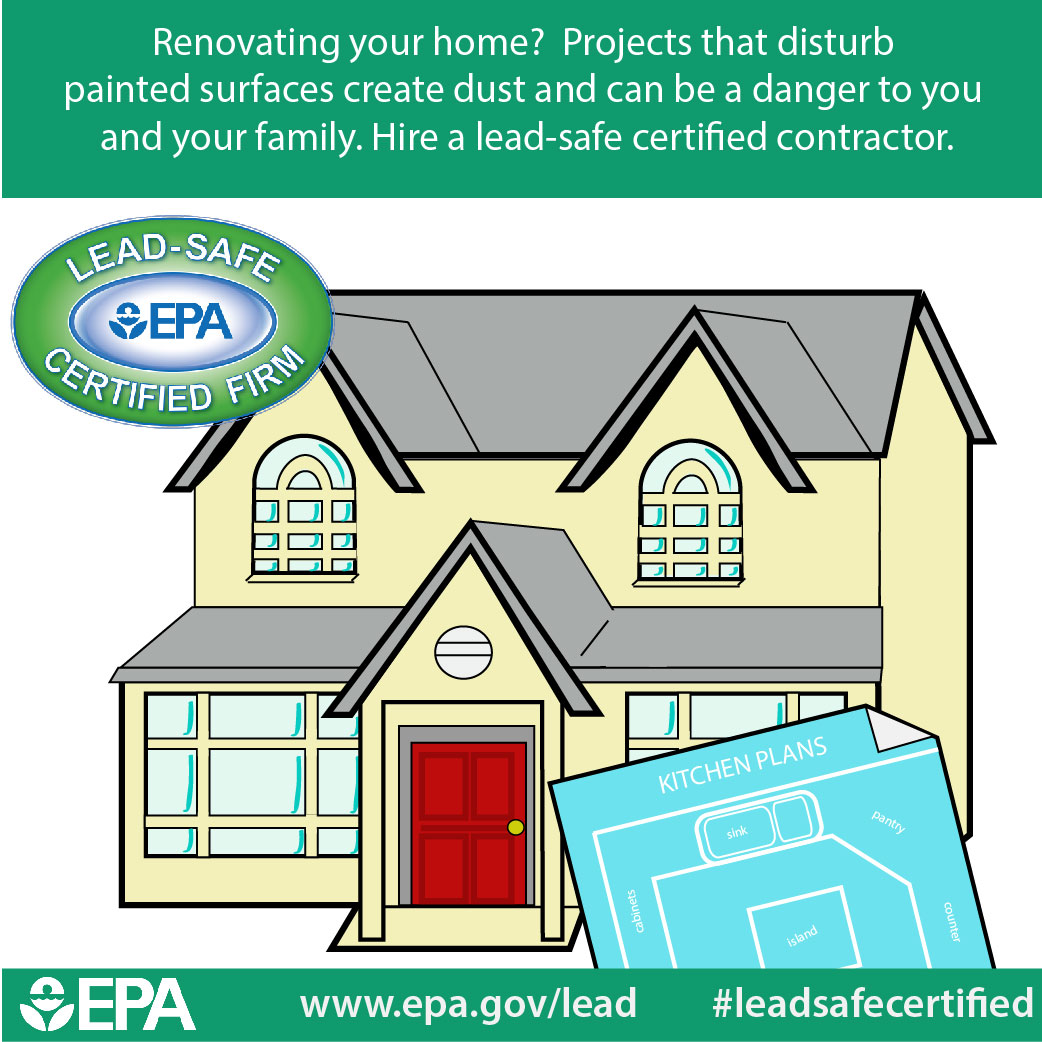Seasonal Factors In Business Exterior Paint: Key Insights You Need To Understand
Seasonal Factors In Business Exterior Paint: Key Insights You Need To Understand
Blog Article
Web Content Created By-Doherty Urquhart
When you're intending an industrial outside painting project, seasonal elements can make or damage your outcomes. You'll wish to take into consideration exactly how temperature level and moisture influence paint application and drying times. Selecting the best season can guarantee your paint adheres appropriately and lasts much longer. But which periods are genuinely the best for this sort of job? Allow's check out the crucial elements that can affect your project's success.
The Influence of Temperature Level on Paint Application
When you're preparing a commercial external painting task, the temperature level can dramatically influence exactly how well the paint adheres and dries.
Preferably, you want to paint when temperatures vary in between 50 ° F and 85 ° F. If it's as well cold, the paint may not cure effectively, leading to issues like peeling or breaking.
On the flip side, if it's too hot, the paint can dry too quickly, preventing proper attachment and resulting in an uneven surface.
You must likewise think about the moment of day; morning or late afternoon offers cooler temperature levels, which can be much more beneficial.
Constantly check the producer's suggestions for the specific paint you're using, as they commonly provide assistance on the ideal temperature level range for optimum results.
Moisture and Its Impact on Drying Times
Temperature level isn't the only ecological element that influences your business external painting job; humidity plays a substantial role also. High humidity levels can decrease drying out times considerably, influencing the general quality of your paint job.
When the air is filled with moisture, the paint takes longer to cure, which can result in issues like inadequate adhesion and a higher threat of mold growth. If you're repainting on an especially damp day, be prepared for prolonged wait times in between coats.
It's essential to check neighborhood climate condition and strategy accordingly. Ideally, go for moisture levels in between 40% and 70% for optimum drying out.
Keeping these factors in mind ensures your project stays on track and supplies an enduring finish.
Best Seasons for Commercial Exterior Paint Projects
What's the most effective season for your industrial external paint tasks?
Spring and early loss are normally your best bets. Throughout these periods, temperature levels are moderate, and moisture levels are often reduced, creating perfect problems for paint application and drying out.
Stay clear of summertime's intense heat, which can cause paint to completely dry also rapidly, resulting in bad attachment and surface. Similarly, winter season's cold temperature levels can impede correct drying and healing, running the risk of the longevity of your paint work.
Aim for days with temperatures between 50 ° F and 85 ° F for optimal results. have a peek at this web-site in mind to examine the neighborhood weather prediction for rainfall, as wet problems can ruin your project.
Preparation around these aspects ensures your paint task runs efficiently and lasts much longer.
Conclusion
Finally, intending your commercial external painting jobs around seasonal factors to consider can make a significant difference in the result. By organizing work during the perfect temperature levels and moisture levels, you'll make certain better attachment and drying times. Keep in mind to watch on neighborhood weather forecasts and pick the correct time of year-- springtime and very early loss are your best choices. Taking Recommended Resource site will certainly assist you achieve a durable and professional surface that lasts.
